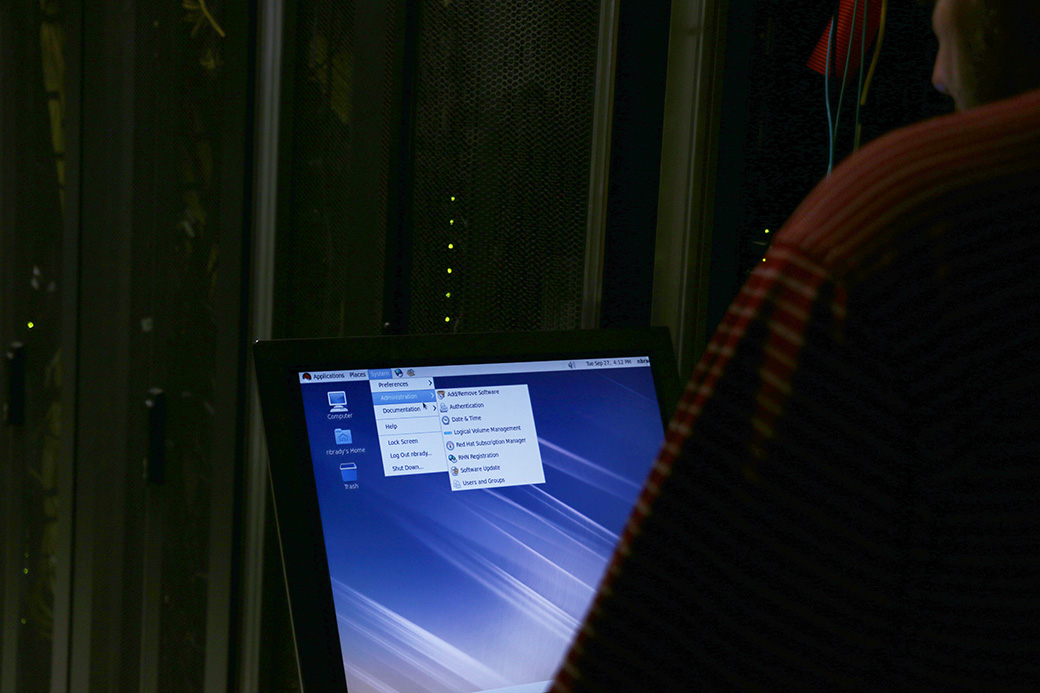
USD’s new supercomputer ‘Lawrence’ to be installed next semester
It’s an upgrade that has been a long time coming. According to a few experts in Portland, Oregon, USD’s new supercomputer — a computer that runs 10 times faster than the average desktop computer — will be rolled out in the spring.
After having written the grant for the new supercomputer in January of 2015, the funds, $504,911, were finally given to the department in August by the National Science Foundation.
Doug Jennewin, the director of research computing, has been taking working on the two year process.
“This is a very big deal, the supercomputer we have now, and the supercomputer we’re upgrading to, is used beyond USD with colleges like Black Hills State, The School of Mines… we even work with Augustana,” he said. “It’s been a long process.”
The new supercomputer, which is used for simulations of events that are too dangerous to do in real life or would take too much time — such as data mining of DNA, biology informatics and for visualization purposes — is highly anticipated by members of USD’s scientific community. Graduate students Joe Madison and Wendi Sapp are among those anticipating this new technology.
“I was brought on specifically for supercomputing,” Madison said. “With the old supercomputer Doug was pretty much the only person who could do anything with it. I think everyone sort of realized that with this new technology there’s a lot more that needs to be done than any one person can handle.”
The new supercomputer, named Lawrence after Ernest Lawrence, a graduate of USD and a winner of a Nobel Prize in Physics, is also meant to be more accessible to students in and out of the science department.
“Historically, the supercomputer has been used for the sciences but we’re going to be offering seminars on dealing with accessing the supercomputers,” Jennewin said. “It’ll be open to anyone who wants to use it, just like the old one is, but now it’ll be even faster.”
Sapp said she’s excited for the new supercomputer’s speed.
“For me, there’s only a small percentage of things I can run at USD, the systems I’m using are just too large,” she said. “This newer, faster computer allows me to keep everything in one place. The size and speed of the new model will also make things a lot more user friendly.”
While the current supercomputer does allow students the opportunity to do things they couldn’t do with a standard computer, the new supercomputer is a much anticipated upgrade.
“It’ll take weeks for my projects to complete as opposed to months. Which is nothing with my work. I’ll be doing more of my work with considerably less troubleshooting which is going to make a huge impact,” Sapp said. “With upgrades to storage and with integrating a share feature to the supercomputer, we’ll be able to make our work more visible to people and organization like the National Science Foundation and being able to show what we’re doing like that is going to open a lot of doors for us.”


